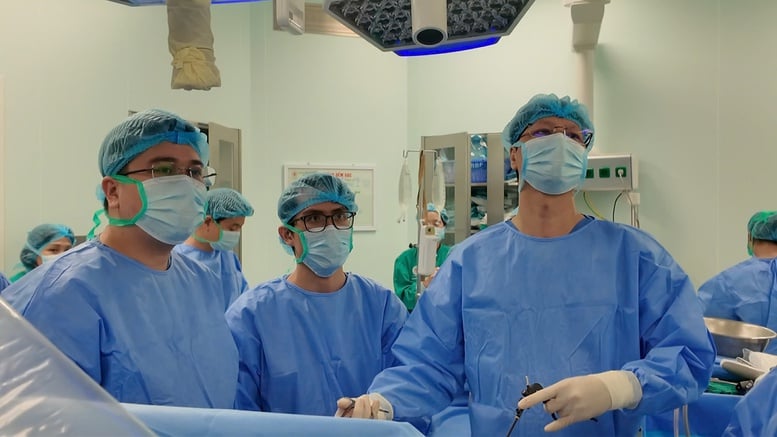
The second incompatible blood type liver transplant in an adult in the country was performed at the 108 Military Central Hospital - Photo: VGP
Patient with disease for 17 years
This patient was diagnosed with primary sclerosing cholangitis when he was only 3 years old. In 2017 and 2019, the patient was treated for cirrhosis with stem cells twice.
Associate Professor, Dr. Vu Van Quang, Deputy Head of the Department of Hepatobiliary-Pancreatic Surgery, 108 Military Central Hospital, said that this patient had primary sclerosing cholangitis (PSC) - a chronic inflammatory disease that causes fibrosis and progressive narrowing of the biliary system inside and outside the liver, leading to cholestasis, recurrent biliary tract infections and cirrhosis and liver failure. Liver transplantation is the only treatment that can improve the patient's prognosis and quality of life.
Having accompanied his daughter in her treatment for the past 17 years, after hearing the doctor announce that the treatment plan for his daughter was a liver transplant, the patient's father made a clear decision to donate his liver to his daughter. However, according to the test results, the blood types of the father and daughter were incompatible, making the transplant extremely complicated and difficult.
According to Associate Professor, Dr. Vu Van Quang's professional analysis, the concentration of anti-A/B antibodies in adults is higher because the immune system is complete, so the risk of humoral rejection and graft destruction is high. Meanwhile, young children (especially < 1-2 years old) have immature immune systems, low antibody concentrations, so the risk is lower.
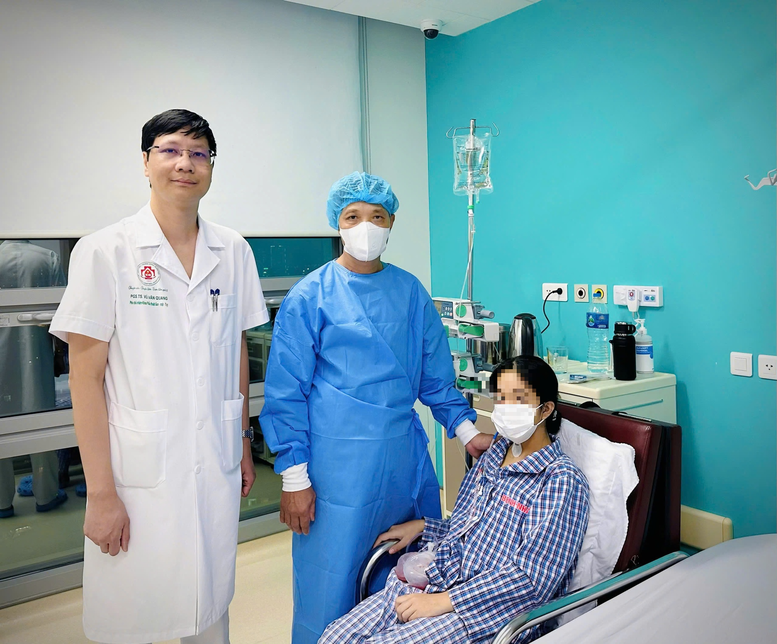
One week after the transplant, the patient's health recovered well and liver function was stable - Photo: VGP
The transplant lasted 7 hours.
Regarding immune response, adults have "immune memory" and a fully developed B-cell-plasmacytic system, leading to a strong secondary immune response. Children have barely formed "immune memory".
For immunotherapy, adults require Rituximab infusion and plasma exchange to lower anti-A/B to <1:16 or <1:32. Children sometimes require Rituximab alone or even no specific intervention. Biliary complications in adults are also more severe, blood vessels are more vulnerable, and there are often more underlying diseases that increase the risk of infection and post-transplant complications than in children.
However, from experience in performing two liver transplants with incompatible blood types in children, doctors at 108 Military Central Hospital prescribed this method after careful consultation.
Accordingly, before surgery, the patient was treated with Rituximab and plasma exchange to optimize the patient's condition. During surgery, the doctors protected the endothelium, washed the liver well, ensured graft perfusion, and performed precise biliary anastomosis techniques. After surgery, the patient was monitored for antibodies, strong anti-rejection drugs, controlled infections, and early detection of biliary/vascular complications.
The transplant took place over 7 hours with the participation of many specialists. The father underwent laparoscopic surgery to remove the right liver graft. Each operation required absolute precision. Up to now, 1 week after the transplant, the health of both father and son has recovered well, liver function is stable.
"Seeing the father and son recover day by day is the happiness of the entire transplant team. This is the first case of incompatible blood type transplantation in an adult at the Hospital (the second case in the country)," Associate Professor, Dr. Vu Van Quang shared.
This transplant not only changed the patient's life, but also opened a new door for other patients waiting for liver transplants but without a donor of the same blood type. In the near future, the leader of the 108 Military Central Hospital said that the hospital will promote this technique.
According to statistics, 108 Military Central Hospital has performed more than 300 liver transplants, implementing many transplant techniques such as: blood group incompatible liver transplants for children and adults; dividing the liver in the abdomen to transplant to 2 patients; laparoscopic surgery to take a liver graft from a donor; and laparoscopic surgery to assist liver recipients.
HM
Source: https://baochinhphu.vn/ca-ghep-gan-bat-dong-nhom-mau-o-nguoi-lon-thu-2-tren-ca-nuoc-102251126165347075.htm


![[Photo] Close-up of heavy damage at the school located on the banks of the Ban Thach River](/_next/image?url=https%3A%2F%2Fvphoto.vietnam.vn%2Fthumb%2F1200x675%2Fvietnam%2Fresource%2FIMAGE%2F2025%2F11%2F26%2F1764152130492_ndo_bl_img-8188-8805-jpg.webp&w=3840&q=75)

![[Photo] VinUni students' emotions are sublimated with "Homeland in the Heart: The Concert Film"](/_next/image?url=https%3A%2F%2Fvphoto.vietnam.vn%2Fthumb%2F1200x675%2Fvietnam%2Fresource%2FIMAGE%2F2025%2F11%2F26%2F1764174931822_10-3878-jpg.webp&w=3840&q=75)





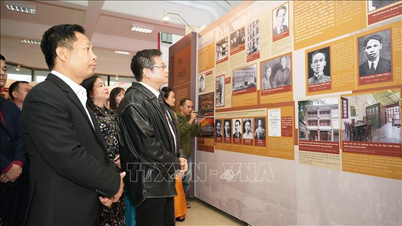




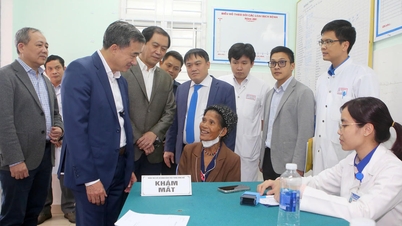



























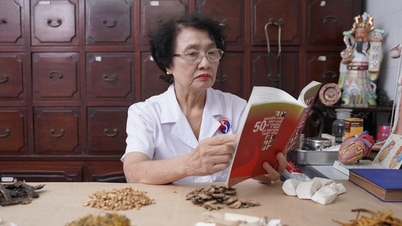

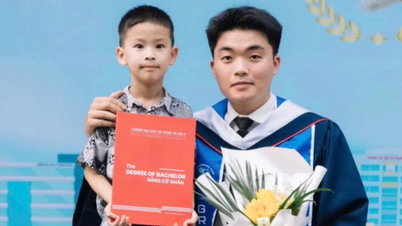

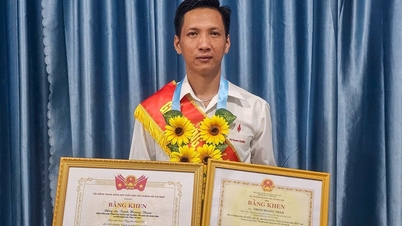





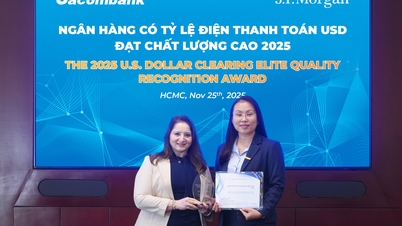

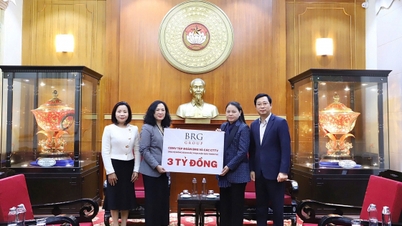












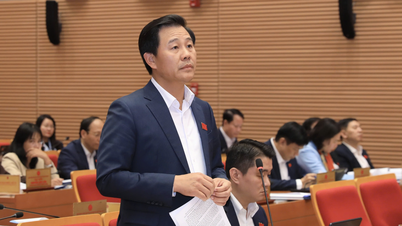
![[Photo] Opening of the 28th Session of the Hanoi People's Council](https://vphoto.vietnam.vn/thumb/402x226/vietnam/resource/IMAGE/2025/11/26/1764155991133_image.jpeg)















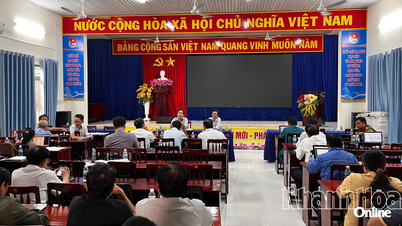
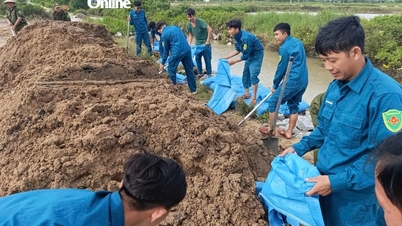














Comment (0)